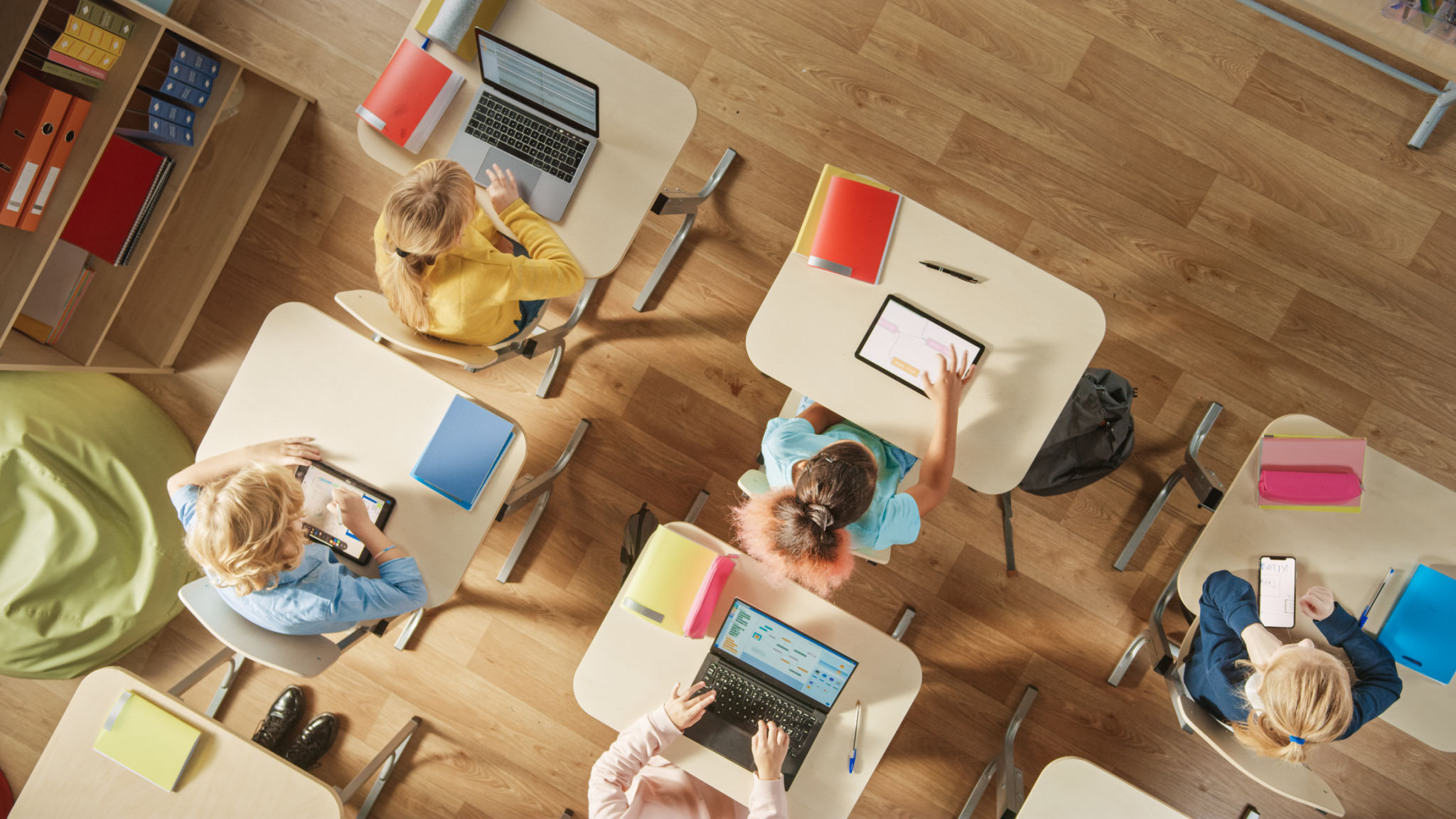幼稚園清潔 Best Practices: Ensuring a Safe and Clean Environment for Children
Introduction to Kindergarten Cleanliness
Maintaining a clean and hygienic environment in kindergartens is crucial for the health and safety of young children. Since children are more susceptible to germs and infections, implementing effective cleaning practices can significantly reduce health risks and create a safe space for learning and play.
In this post, we will explore some of the best practices for ensuring a clean kindergarten environment, focusing on daily routines, advanced cleaning techniques, and the importance of community involvement.

Daily Cleaning Routines
A structured daily cleaning routine is vital to maintaining hygiene standards. This routine should include:
- Sanitizing Surfaces: Regularly wipe down tables, chairs, and toys with disinfectant to prevent the spread of germs.
- Floor Maintenance: Sweep and mop floors daily to remove dirt and bacteria.
- Bathroom Hygiene: Clean and disinfect bathrooms multiple times a day, paying special attention to frequently touched surfaces like faucets and door handles.
Advanced Cleaning Techniques
Beyond daily routines, employing advanced cleaning techniques can further enhance the safety of the kindergarten environment. Consider incorporating these methods:
- Deep Cleaning: Schedule regular deep cleaning sessions to address areas that are not covered in daily routines, such as carpets and curtains.
- Use of Eco-Friendly Products: Opt for non-toxic, eco-friendly cleaning products to ensure the safety of children and staff while also being environmentally conscious.

Promoting Hand Hygiene
Encouraging proper hand hygiene is an essential part of maintaining cleanliness in kindergartens. Teach children to wash their hands thoroughly with soap and water, especially before meals and after using the restroom. Providing hand sanitizers in accessible locations can also help reduce the spread of germs.
Role of Staff and Training
The staff plays a pivotal role in maintaining cleanliness standards. Regular training sessions should be conducted to ensure that all staff members are aware of the latest cleaning protocols and understand the importance of hygiene in preventing illnesses. A team that is well-informed can effectively implement best practices.

Involving Parents and Guardians
Engaging parents and guardians in cleanliness efforts can amplify results. Encourage parents to practice good hygiene habits at home and to be vigilant about keeping children home when they are unwell. Keeping an open line of communication can foster a community-wide commitment to maintaining a healthy kindergarten environment.
The Impact of a Clean Environment on Learning
A clean kindergarten environment not only promotes health but also enhances learning experiences. When children are in a safe, hygienic space, they are more focused and energetic, allowing them to fully participate in educational activities. Cleanliness directly impacts their ability to learn effectively.

Conclusion
Implementing best practices for kindergarten cleanliness is essential for safeguarding the well-being of children. By adhering to structured routines, utilizing advanced cleaning methods, promoting hand hygiene, involving staff and parents, and understanding the impact on learning, kindergartens can create an environment where children thrive both physically and academically.
